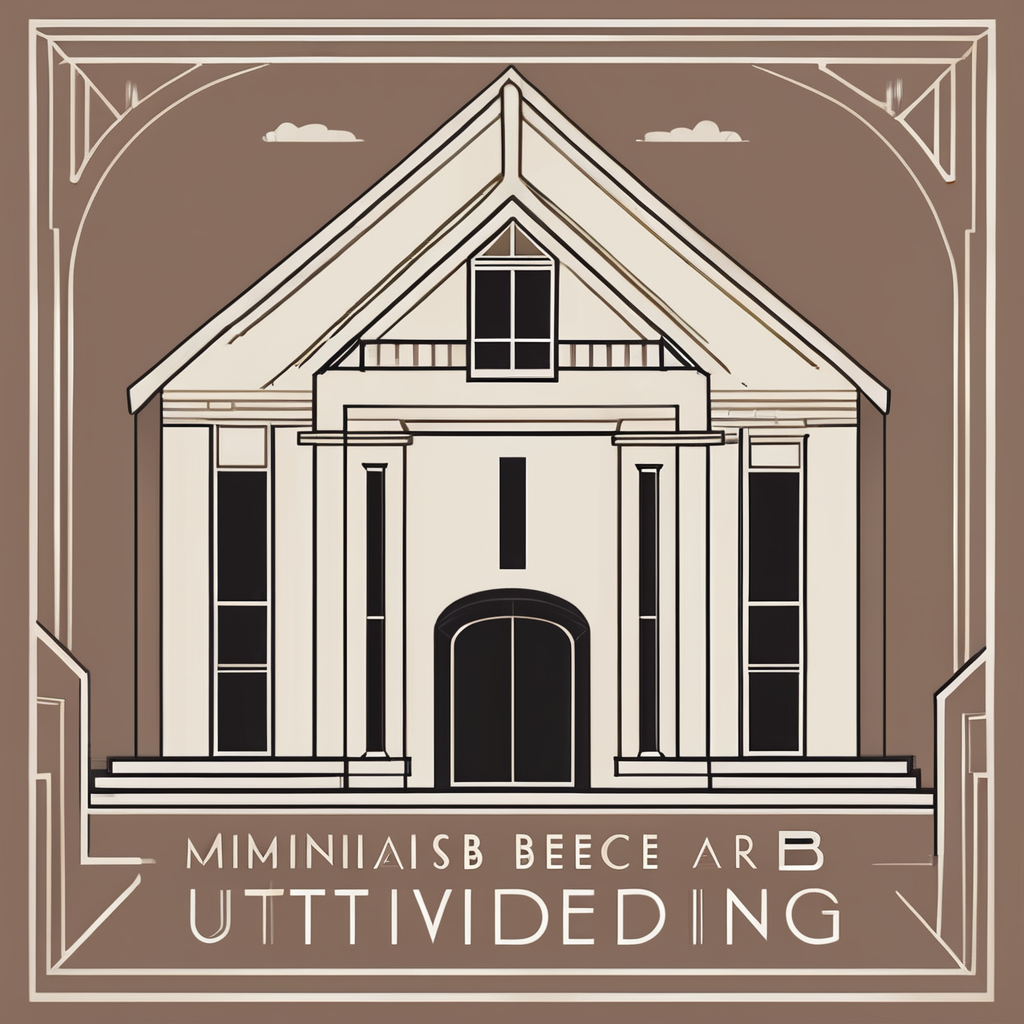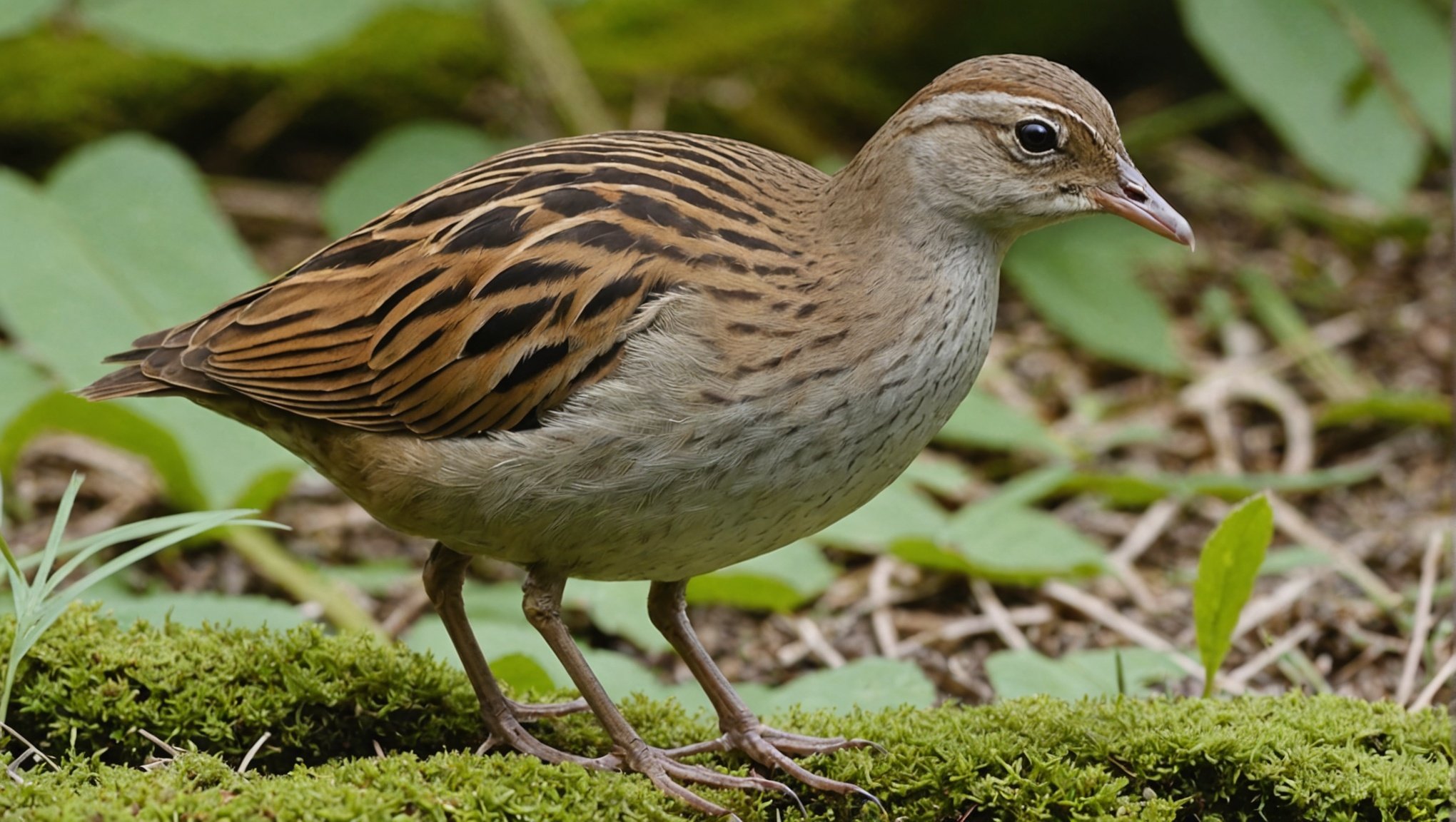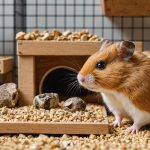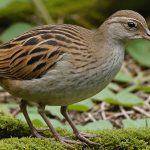The Corncrake, once a common sight across the UK, now faces an alarming decline. Zoos are stepping up, implementing breeding initiatives that strive to revive this elusive bird. These efforts go beyond conservation; they involve complex partnerships and a shared commitment to biodiversity. Uncover the innovative strategies zoos employ to ensure the Corncrake's survival and learn how these initiatives contribute not only to species recovery but also to community education and awareness. Discover the heart of conservation in action.
Overview of the Critically Endangered Corncrake
The Corncrake, a secretive bird known for its distinctive call, inhabits grasslands and meadows across Europe and Asia. These birds prefer tall grasslands that provide cover from predators, making them challenging to spot. Unfortunately, the Corncrake's habitat is under threat due to agricultural practices, leading to a dramatic decline in their population.
Lire également : How to Contribute to the Revival of British Butterfly Populations
Current Population Status
The Corncrake is now classified as a critically endangered species. The main threats to their survival include habitat destruction due to intensive farming and early mowing practices. Such activities destroy nests and reduce breeding success. According to recent estimates, the population continues to dwindle, emphasizing the urgent need for conservation efforts.
Importance of Conservation Efforts
Conservation programs are vital for the Corncrake's survival. Breeding programs aim to increase population numbers by providing safe nesting sites and protecting habitats. Conservationists stress the importance of these efforts, as they not only help preserve the Corncrake but also maintain biodiversity in grassland ecosystems.
A voir aussi : Exploring Cutting-Edge Techniques for Monitoring Migratory Fish Populations in UK Waters
- Corncrake Conservation: Essential for species survival
- Breeding Programs: Increase population numbers
- Endangered Species: Urgent need for protection
By focusing on Corncrake conservation, we can ensure that future generations experience the unique call of this remarkable bird.
Breeding Initiatives in UK Zoos
Exploring the efforts to conserve the Corncrake through zoo breeding programs reveals a coordinated approach to wildlife management. These initiatives are crucial for safeguarding this critically endangered species.
Key UK Zoos Involved in Corncrake Breeding
Several UK zoos play pivotal roles in Corncrake conservation. Notable among them are the Chester Zoo, Edinburgh Zoo, and ZSL London Zoo. These institutions have established dedicated breeding facilities designed to mimic the bird's natural habitat. By doing so, they ensure the birds have an environment conducive to successful reproduction.
Breeding Methodologies Employed
The methodologies used in zoo breeding programs are both innovative and practical. These include controlled breeding environments, predator-safe enclosures, and seasonal habitat simulations. A key aspect is the use of artificial incubation to enhance hatching success rates. Such techniques are vital in increasing the number of Corncrake hatchlings.
Success Stories and Milestones
The collaborative efforts of UK zoos have led to significant milestones. For example, Chester Zoo reported a 30% increase in Corncrake numbers within their program in 2022. This success underscores the effectiveness of their conservation initiatives and emphasizes the potential of zoo-led wildlife management in reversing the decline of endangered species.
Collaboration and Partnerships
Conservation partnerships are crucial in safeguarding the Corncrake, a critically endangered species. These collaborative projects unite both governmental and non-governmental organizations, pooling resources and expertise to enhance wildlife preservation efforts.
Governmental bodies often provide funding and regulatory support, ensuring that conservation initiatives align with national biodiversity strategies. Meanwhile, non-governmental organizations contribute specialized knowledge and grassroots connections, fostering community involvement.
Role of Governmental and Non-Governmental Organizations
A prime example of successful collaboration is the partnership between the RSPB and DEFRA, which has significantly boosted Corncrake breeding success. By combining DEFRA's policy framework with the RSPB's field expertise, they have created habitats that mimic natural environments, crucial for Corncrake survival.
Impact on Breeding Success and Genetic Diversity
Collaborations have also positively impacted genetic diversity. By sharing breeding data and genetic materials, organizations ensure a healthy gene pool, vital for long-term species resilience.
Case Studies of Successful Collaborations
- RSPB and DEFRA: Enhanced habitat creation
- Chester Zoo and Edinburgh Zoo: Shared breeding techniques
- ZSL London Zoo and local farmers: Integrated land management
These partnerships exemplify how collective efforts can lead to substantial improvements in breeding outcomes and genetic diversity, ensuring a brighter future for the Corncrake.
Challenges Faced in Conservation Efforts
Understanding the conservation challenges faced by the Corncrake is crucial for effective species management. Environmental factors such as habitat loss remain a significant threat. The conversion of grasslands to agricultural fields disrupts breeding grounds, making it difficult for these birds to thrive.
Captive breeding programs offer a solution, yet they present their own set of challenges. One key issue is the adaptation of captive-bred Corncrakes to wild environments. Ensuring these birds can survive outside controlled settings is essential for successful reintroduction.
Environmental Challenges
Environmental challenges are multifaceted. Habitat loss due to intensive farming practices reduces available nesting sites. Moreover, climate change alters grassland ecosystems, impacting food availability and nesting conditions.
Captive Breeding vs. Wild Release
Balancing captive breeding with wild release requires careful planning. Programs must simulate natural habitats to prepare birds for the wild. This includes:
- Artificial incubation to boost hatch rates
- Predator-safe enclosures
- Seasonal habitat simulations
Overcoming Obstacles
To overcome these obstacles, conservationists employ innovative strategies. Collaborative efforts focus on species management and habitat restoration. By engaging local communities and leveraging technology, they aim to mitigate habitat loss and enhance conservation challenges solutions.
Future Directions for Corncrake Conservation
Exploring future directions for Corncrake conservation reveals innovative approaches and long-term goals. These strategies are essential for ensuring the species' recovery.
Innovative approaches are paving the way for more effective Corncrake conservation.
Innovative Approaches in Breeding and Release
Emphasizing conservation strategy, new methods focus on enhancing breeding and release programs. Techniques such as genetic diversity monitoring and habitat simulation are key. By creating environments that closely mimic natural settings, conservationists aim to improve adaptation rates. This includes:
- Controlled breeding environments
- Seasonal simulations for natural behavior
- Genetic diversity tracking
Long-term Goals for Population Recovery
Long-term goals are crucial for sustainable species recovery. Efforts are directed at increasing population numbers through strategic habitat restoration. This involves:
- Restoring grasslands to natural conditions
- Monitoring population dynamics continuously
- Collaborating with local communities for habitat protection
Engaging the Public and Raising Awareness
Public engagement is vital for successful future initiatives. Raising awareness about the Corncrake's plight encourages community involvement. Educational programs and citizen science projects foster a sense of responsibility, promoting conservation efforts. By engaging the public, conservationists can build a robust support network for species recovery and future initiatives.













